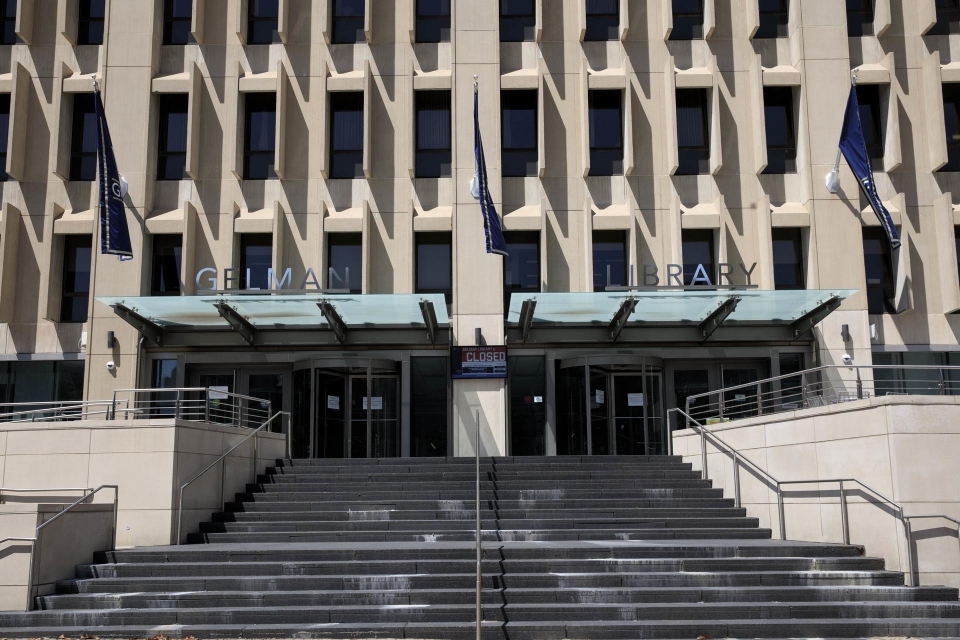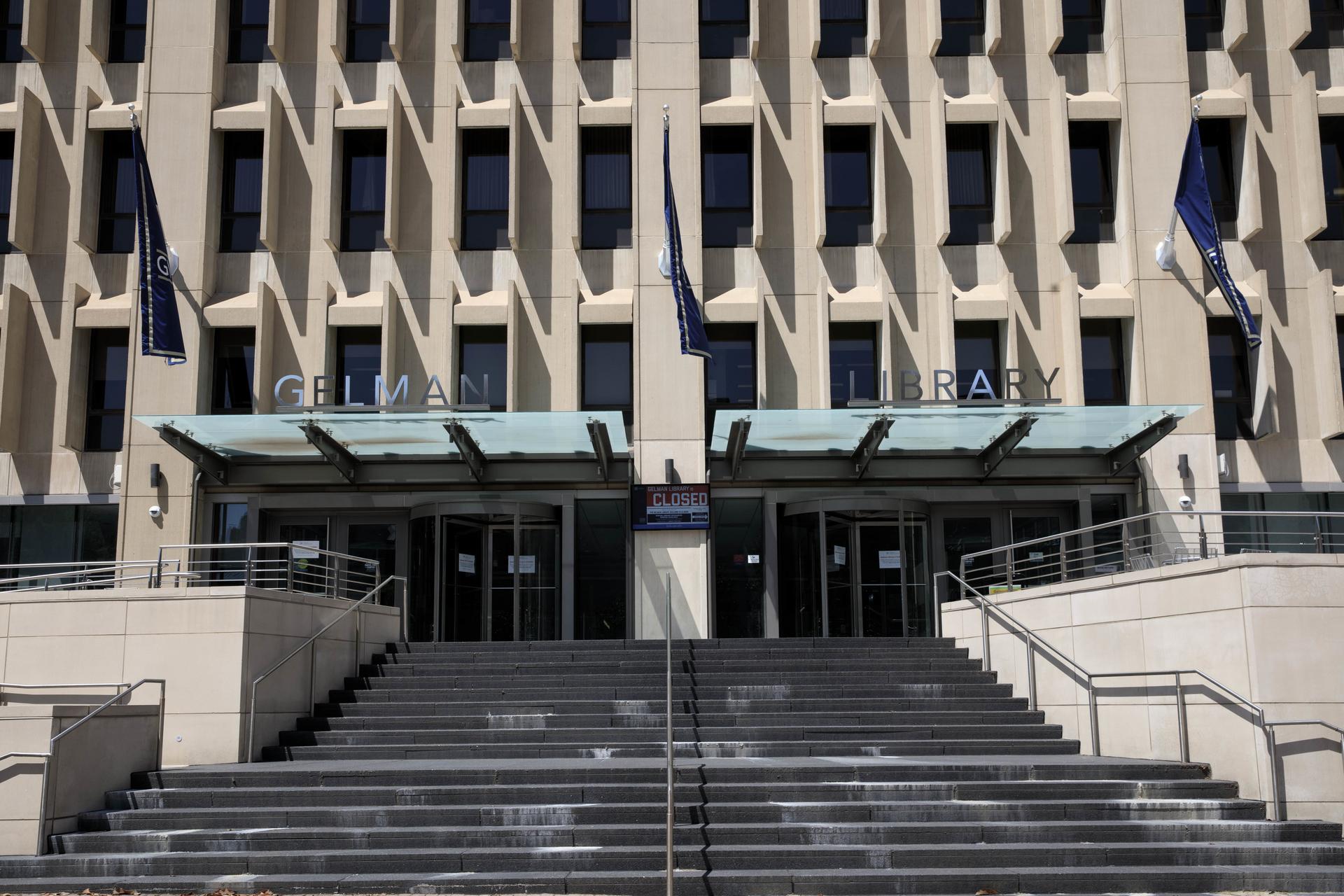Faculty members at the George Washington University had a taste of distance learning from the student perspective when they joined GW Libraries and Academic Innovation (LAI) this week for the first session of FLEX Teaching Camp. GW LAI will hold a series of workshops and learning opportunities this summer on adapting existing coursework to online and blended formats.
The university plans for in-person instruction in the fall but is training instructors in a blend of online and in-person learning for maximum flexibility and to accommodate community members who cannot be on campus.
FLEX Camps are hosted on Blackboard, the educational platform on which much of GW’s online learning is conducted, so instructors can experience firsthand what their classes will look like to students in the fall.
While FLEX Camps do include broad guidance on how to use Blackboard and other educational technology, their focus is less on technological prowess than on effective course design. (Faculty seeking stronger technical skills can seek help through GW’s Instructional Technology Lab.)
“Our guiding principle is that good teaching is good teaching in any environment,” Director of Faculty Development Patricia Dinneen said. “Through experience, we’ve found that picking technology tools and creating media are easier and more successful once you have a strong course design and a plan for providing students with practice and regular feedback.”
Each FLEX Camp runs for three consecutive days and consists of three morning and two afternoon sessions, with a mix of synchronous and asynchronous learning. Topics covered include recording and presenting content; leading students through periods of reaction and discussion; group and individual learning online; how to design, post and review online assignments; creating welcoming syllabi; giving effective feedback; and more.
Faculty also took the opportunity to ask questions, from the extremely broad (How should instructors evaluate group work online, where tracking individual contributions can be difficult or even impossible?) to the highly specific (How can math instructors write and explicate equations online without intimidating students by the laboriousness of the process?).
While the possibilities for creating an online course from scratch are generally vast, facilitators stressed that blended teaching in 2020 will exist under a unique and challenging set of circumstances. They urged instructors to consider not just their pedagogical goals, but also their own and their students’ well-being.
“Courses are going to exist somewhere in the space between deliberately designed online experiences, which often take months to prepare, and emergency remote online teaching,” Dr. Dinneen said. “Even with more time to plan the shift to online or hybrid teaching, students may still face stress, dislocation, worries about their and their loved ones’ health and difficulty accessing equipment or a comfortable working environment.”
In the final session, faculty worked through creating a “development course”—a kind of Blackboard sandbox in which they could design and work through their own classes before inviting students to do so.
Strong faculty interest in FLEX Camps called for the addition of three more summer sessions, in addition to the original four.
“As with all good teaching, GW LAI will adapt future sessions of FLEX Camp based on feedback from this session’s attendees to directly address instructor concerns and questions,” Dr. Dinneen said. “The camps also encourage participants to consider themselves as a faculty of colleagues they can draw on and share ideas with over the summer.”



